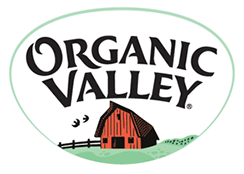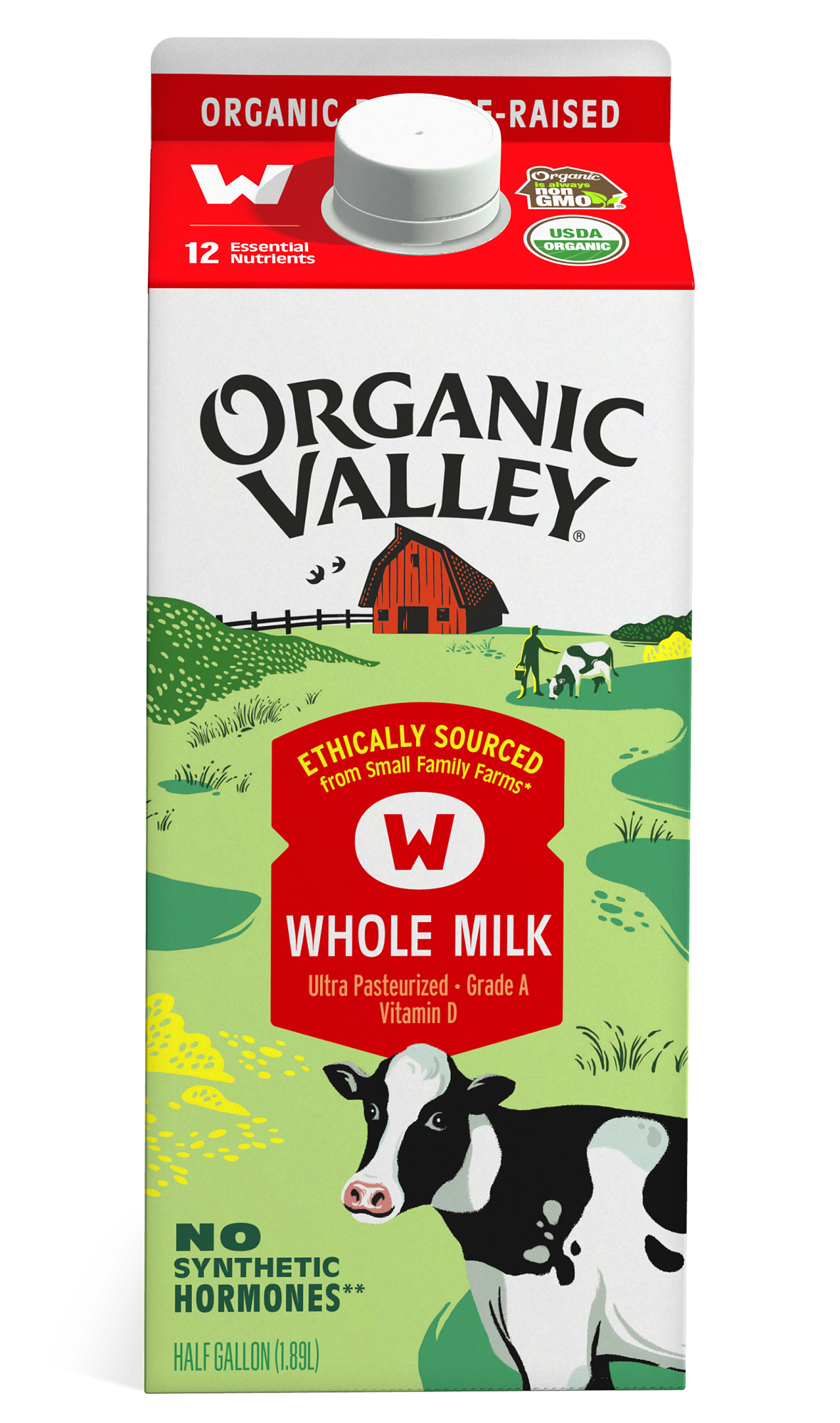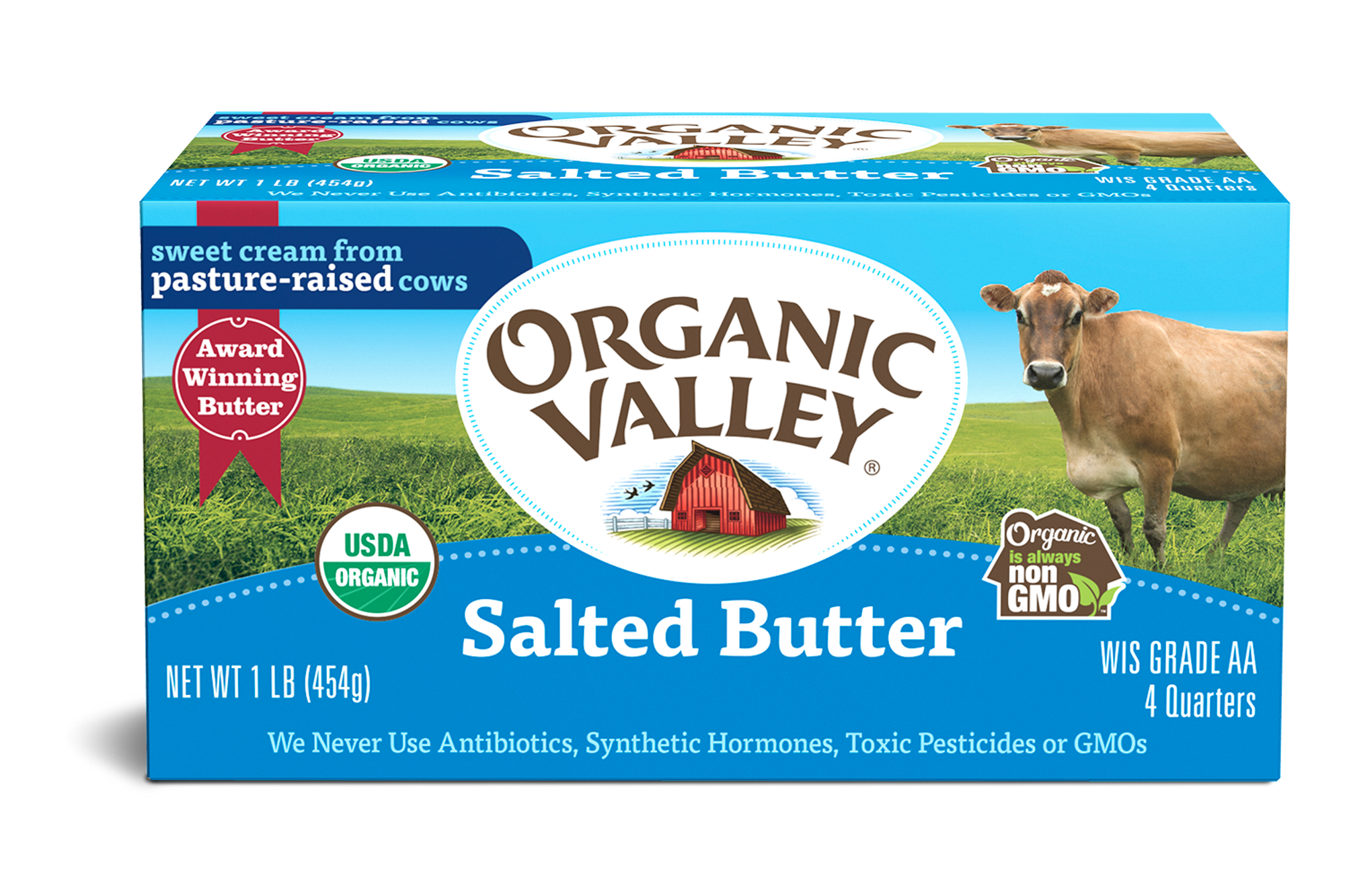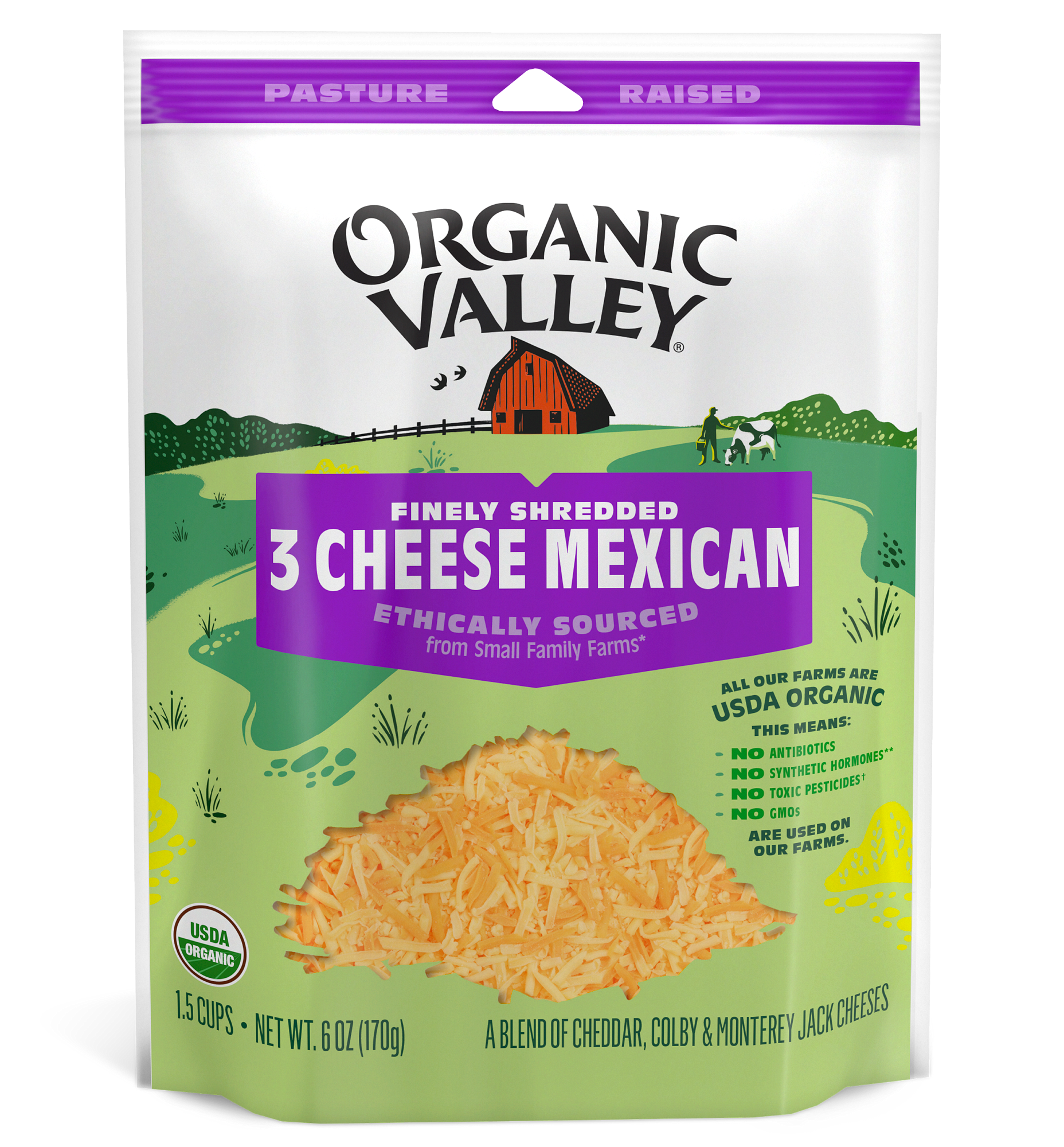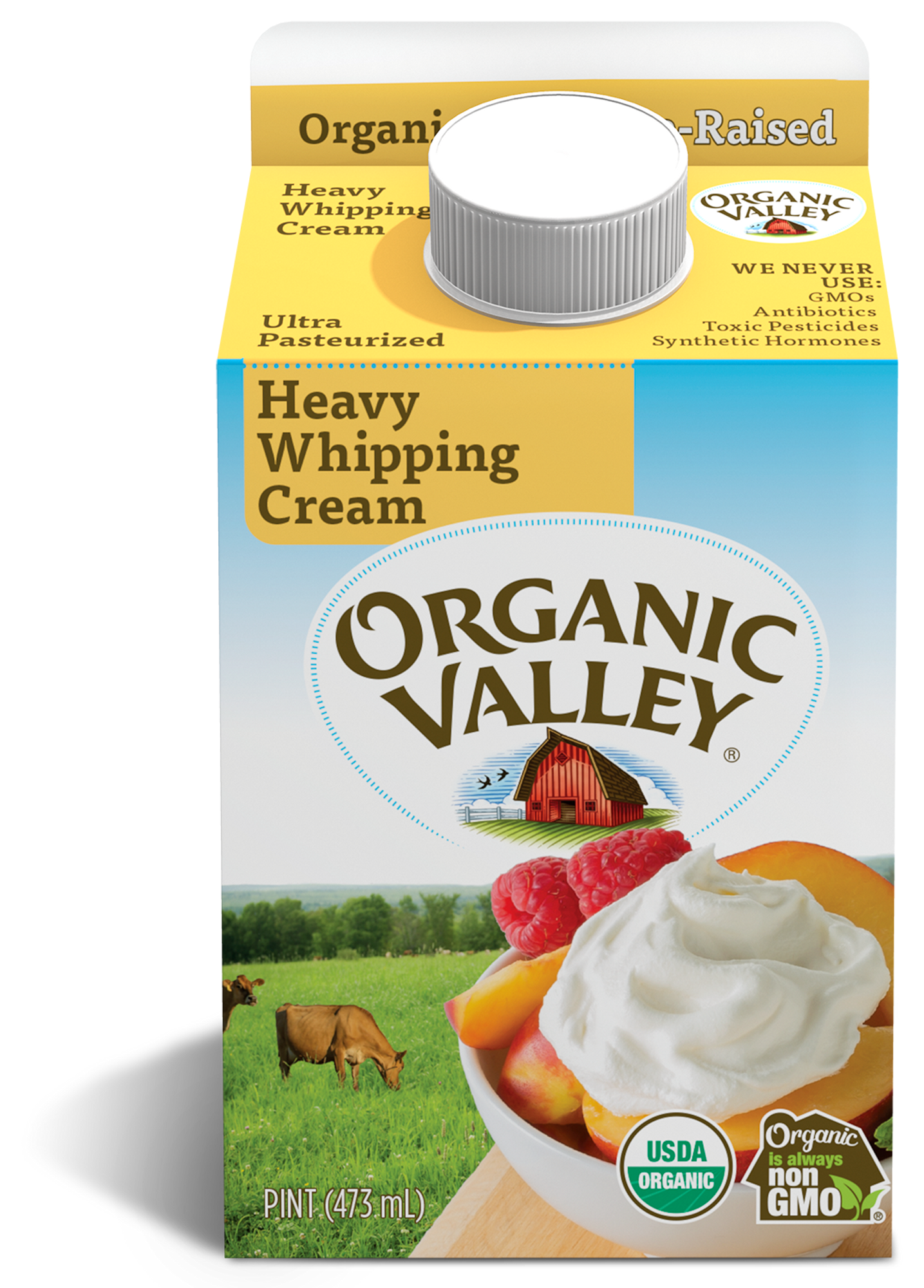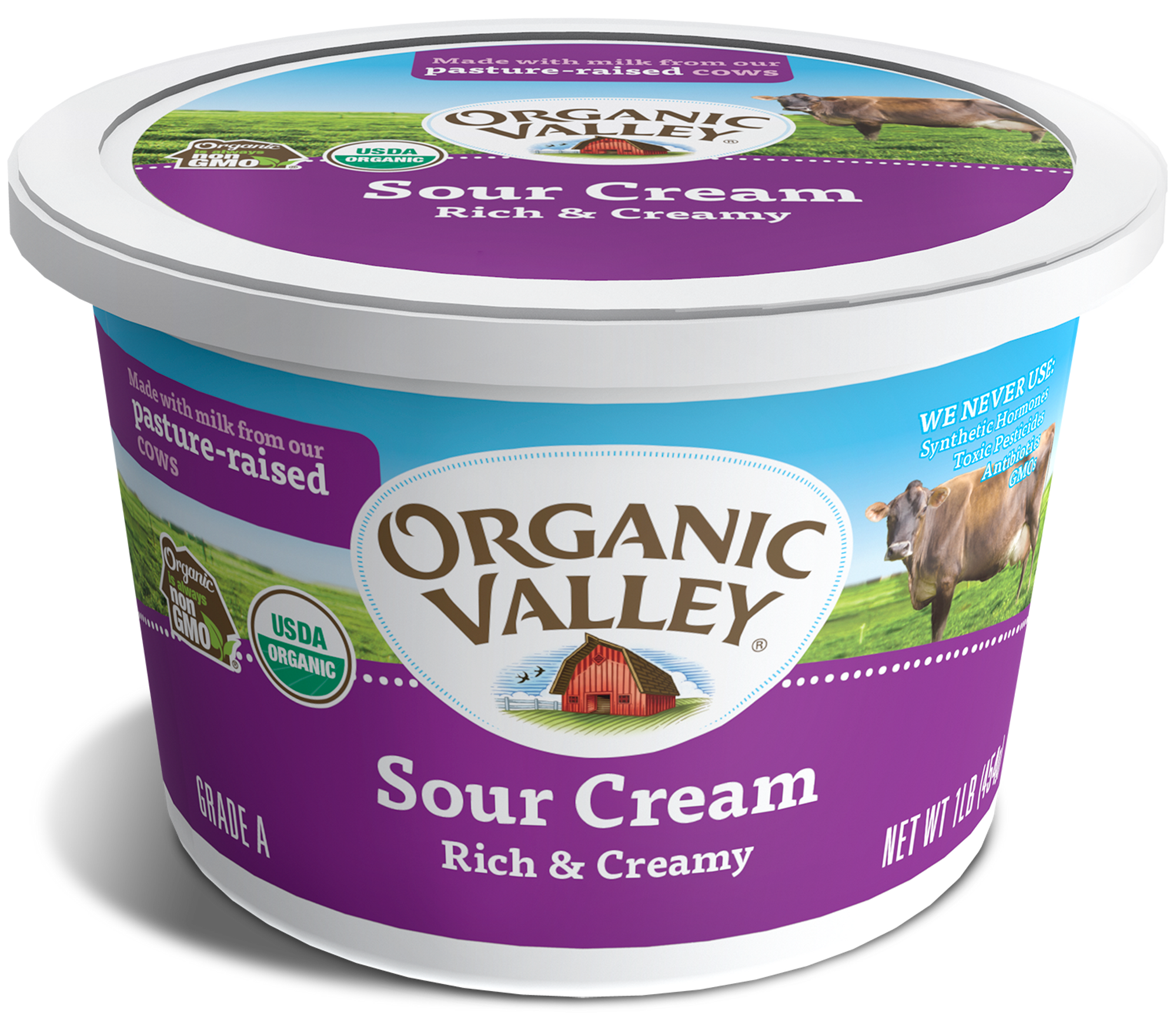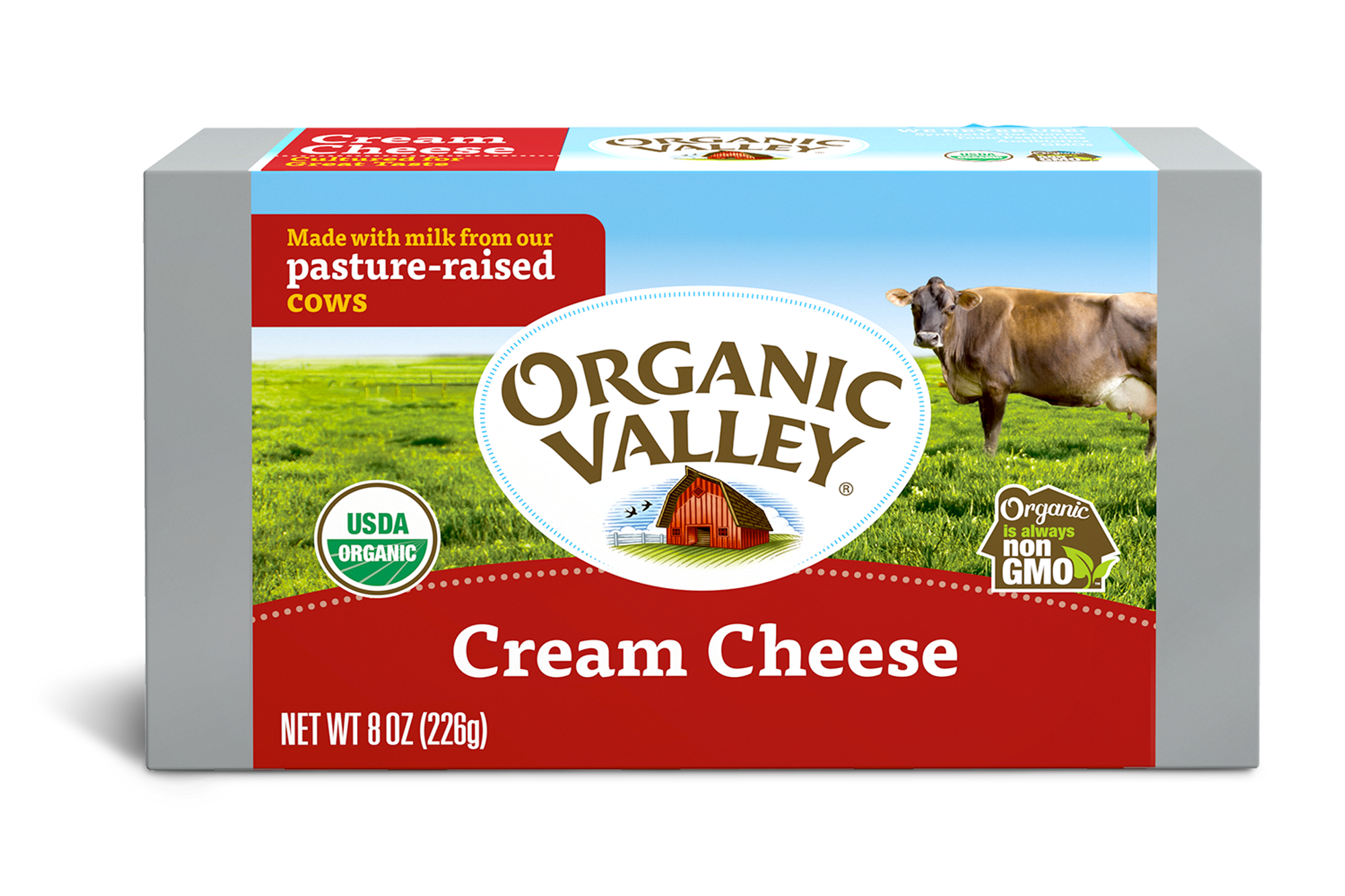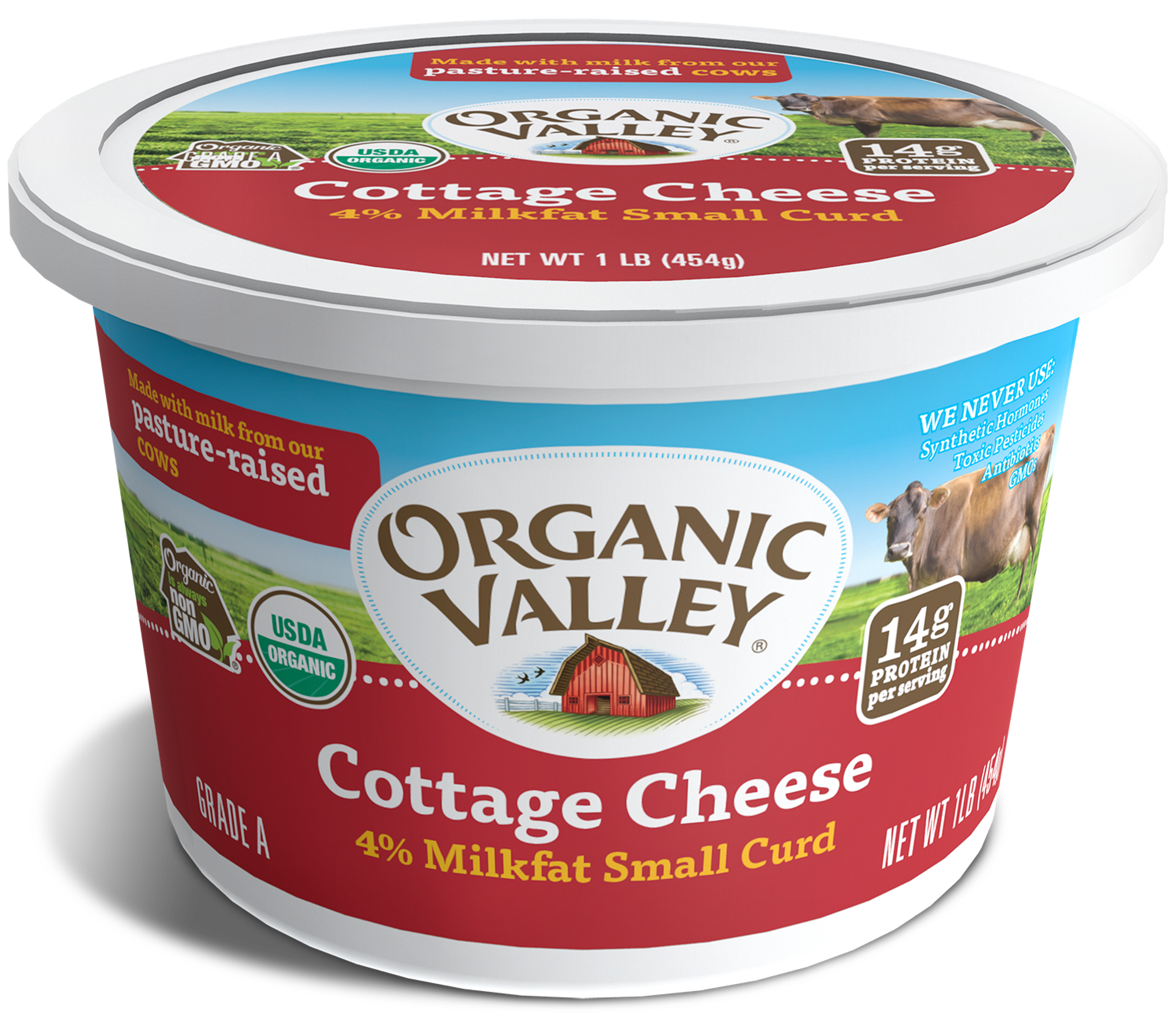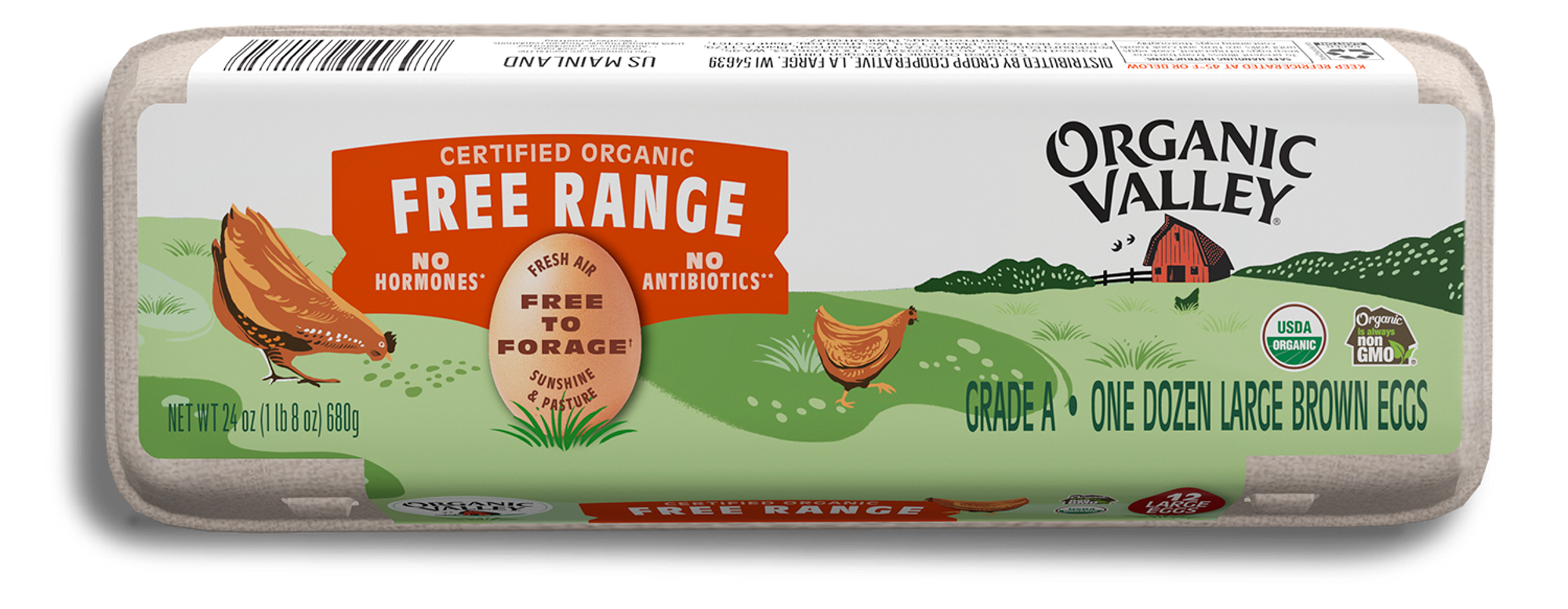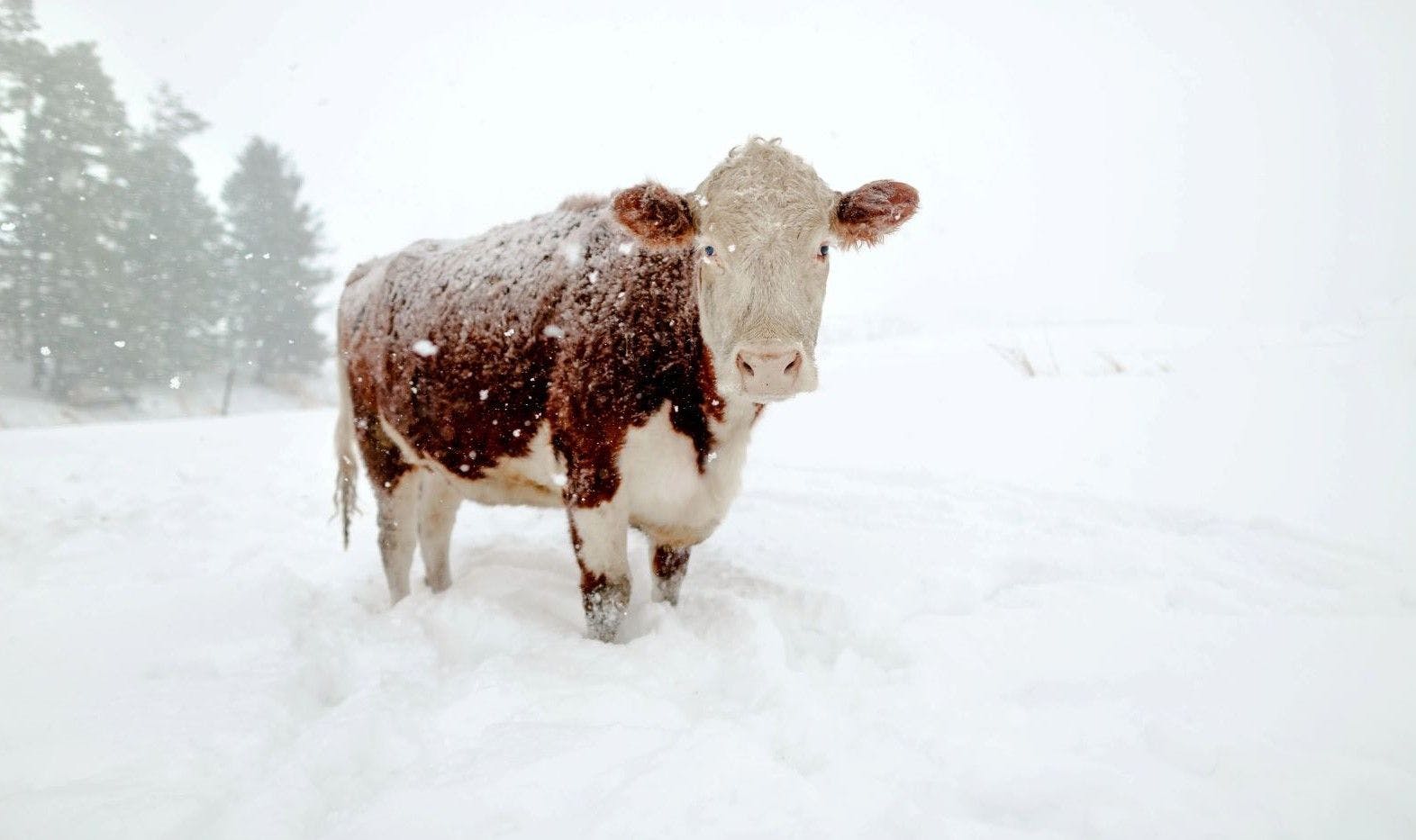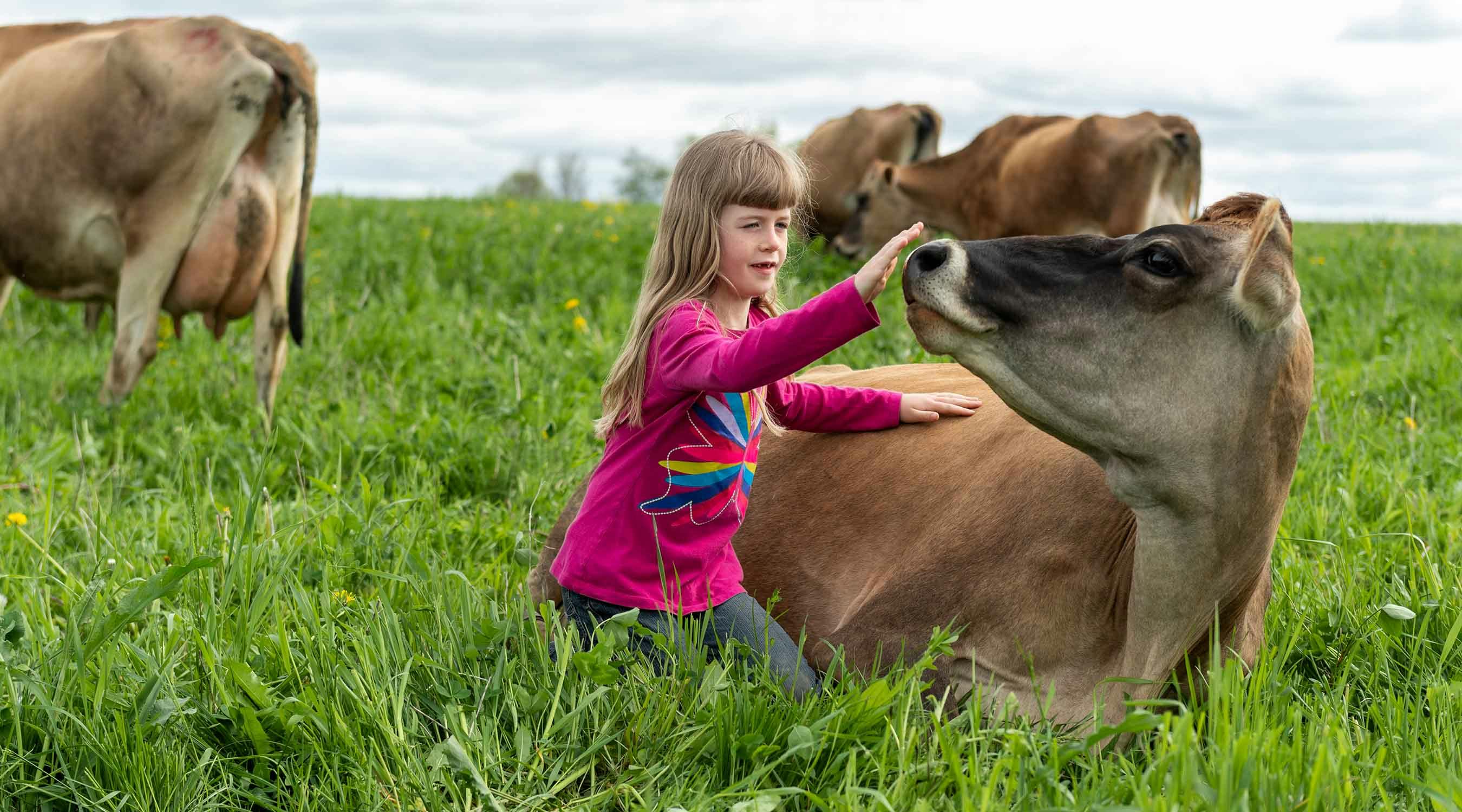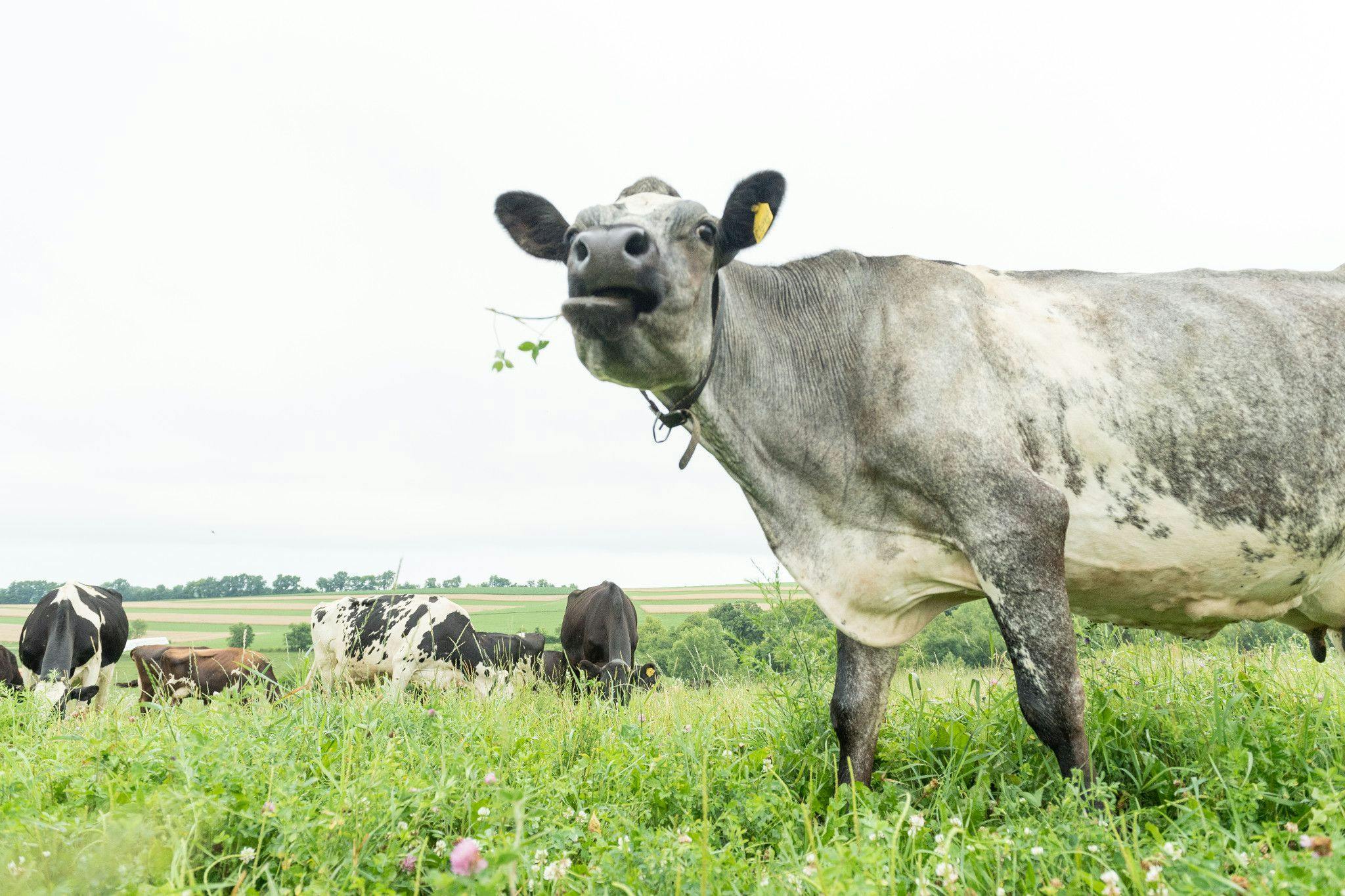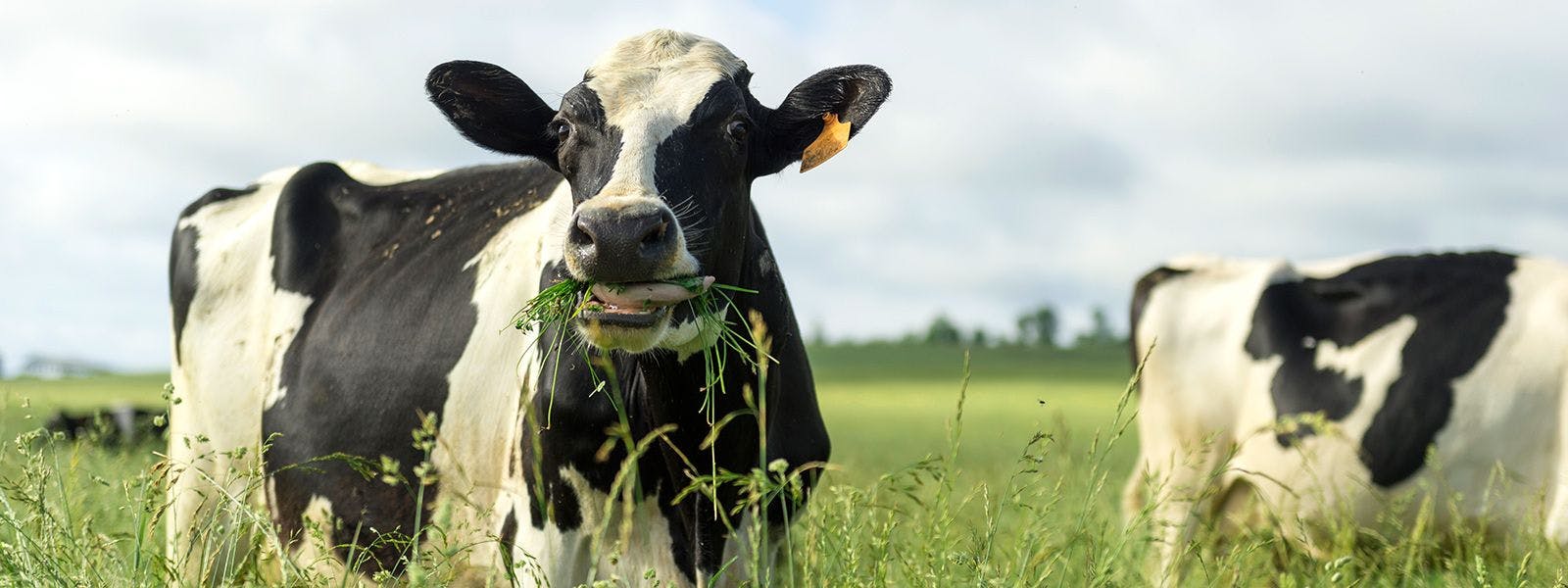
Organic
The Well-Deserved Hype Behind Organic Grassmilk®
Like its name says, Organic Valley Grassmilk® is milk that comes from cows that eat grass, just grass. But it’s also a little more complex and even means some surprising nutritional benefits for you and your family! Let’s take a look at all things grassmilk.
Biodiversity in Oregon
Organic Valley Grassmilk farmers are sometimes called soil farmers. They spend as much time managing their pastureland for soil health as they do balancing the highest standards of animal care and environmental sustainability. They understand the complex web that ties the nutrients and biology of soil with the nutritional requirements of a cow.
The nutrient-dense soil on Double J Jerseys in Oregon’s Willamette Valley provides the perfect habitat to grow a variety of herbs and plants, from chicory and Italian rye grass to clover and Alaska brome. Fourth-generation dairy farmer Jon Bansen and his son Ross own and operate the farm. They say the pastures also welcome a diverse ecosystem, including a variety of bird species.
And for a majority of the year, this lush green pasture becomes one big salad bar for Bansen’s herd of 100% grass-fed Jersey cows that produce milk for Organic Valley Grassmilk milk and Grassmilk cheese.
What is Organic Valley Grassmilk?
Grassmilk takes its name from what the cows eat. This specialty milk comes from cows that eat 100% organic grass and dried forages and are never fed grains or soybeans. As a result of the cows’ grass diet, Organic Valley Grassmilk has more naturally occurring nutrients than milk from cows that mostly eat grain.
“Cows are meant to eat grass,” Jon Bansen said. “They are meant to be out harvesting their own organic grass, getting fresh air and filling up on foraging. They are ruminants.”
During the non-grazing season, grassmilk cows must consume all forage-based feeds like alfalfa, clovers and grass.
Organic Valley never uses pesticides, antibiotics, synthetic hormones like rBGH or GMOs in farming or animal care practices. In addition, Organic Valley is certified by a third party to ensure our grass-fed products meet the highest standards from pasture to table.
"Our job is to honor the cows and make sure they have a sweet life. "
- Jon Bansen , Organic Valley farmer
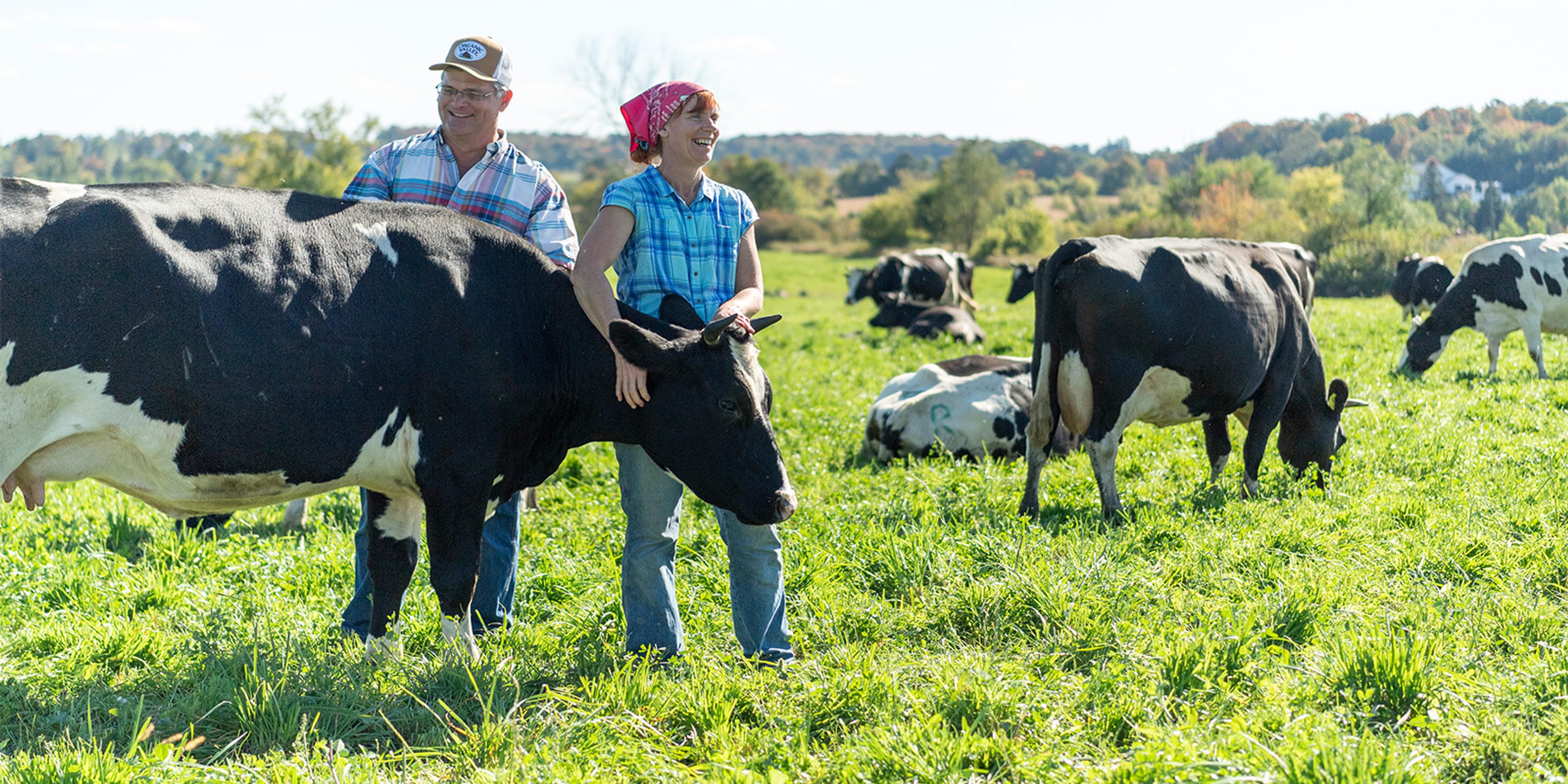
Cheyenne and Katy Christianson on their Wisconsin farm.
The Nutrition in Grassmilk
Organic Valley Grassmilk farmer Cheyenne Christianson believes food is medicine. As the first grassmilk farmer in Wisconsin in 1998, he understands that grassmilk has a higher nutritional profile than milk from cows fed grain-based diets.
“Grassmilk helps to nourish our bodies and maintain our health,” he said.
Grass has amino acids, vitamins and antioxidants that when consumed change the nutrients that will be passed into a cow’s milk. Better nutrients for cows mean better nutrients in their milk and better nutrients for you and your family!
The Good Fat in Grassmilk
Organic Valley Grassmilk Milk provides a higher level of “good fat” with beneficial fatty acids like omega-3s and CLA (conjugated linoleic acid), which can boost immunity, heart health and cancer prevention.
CLA is produced in the bellies of cows from linoleic acid, which is more abundant in plants like grasses than in grains. Organic grass-fed milk contains 125% higher CLA than conventional whole milk!
The Benefits of Omega-3s
Grassmilk contains 147% more omega-3s than conventional whole milk and 52% more than organic whole milk. Omega-3s are beneficial fats that have been linked to brain and eye health, especially in young children.
We need a healthy dose of omega-3 and omega-6 fatty acids for good health, but there is an ideal balance of these acids with a good ratio around 2 to 1. Our standard American diet leans more toward inflammatory omega-6s because most of our conventionally raised meat and dairy products come from grain-fed rather than grass-fed animals.
Organic Valley grass-fed cows get their omega-3s from the lush pastureland covered with grasses and herbs. All Organic Valley grass-fed cows enjoy lots of outdoor time and far exceed the organic standards of a minimum of 150 days on pasture.

A milk truck driver picks up milk at the Osgood family farm in Vermont.
How Do You Know It Is Grassmilk?
You can be certain Grassmilk is indeed grassmilk when you choose Organic Valley! (If the great taste isn’t enough proof.) You should know there are a number of ways we ensure this.
Everything Organic Valley cows eat is USDA Certified Organic, and our cows meet or exceed all USDA Organic standards for time spent on pasture and the amount of their diet derived from forage.
Plus, our Grassmilk products have adopted the Organic Plus Trust certified grass-fed seal. This is verified by an entity not associated with Organic Valley to ensure the highest possible standards for organic dairy farming and guarantees that all of our Grassmilk products are independently certified from farm to carton. The program makes sure that cows are not consuming any grain, have a minimum of 150 days on pasture in their natural habitat and are always organic.
“My farm is inspected more often than regular organic or conventional milk producers,” Christianson said. “My milk from our grass-fed cows is tested regularly for CLA and omega-3 levels and to detect if there is any grain found in the milk. The proof is also in my commitment to land stewardship and animal and soil health.”
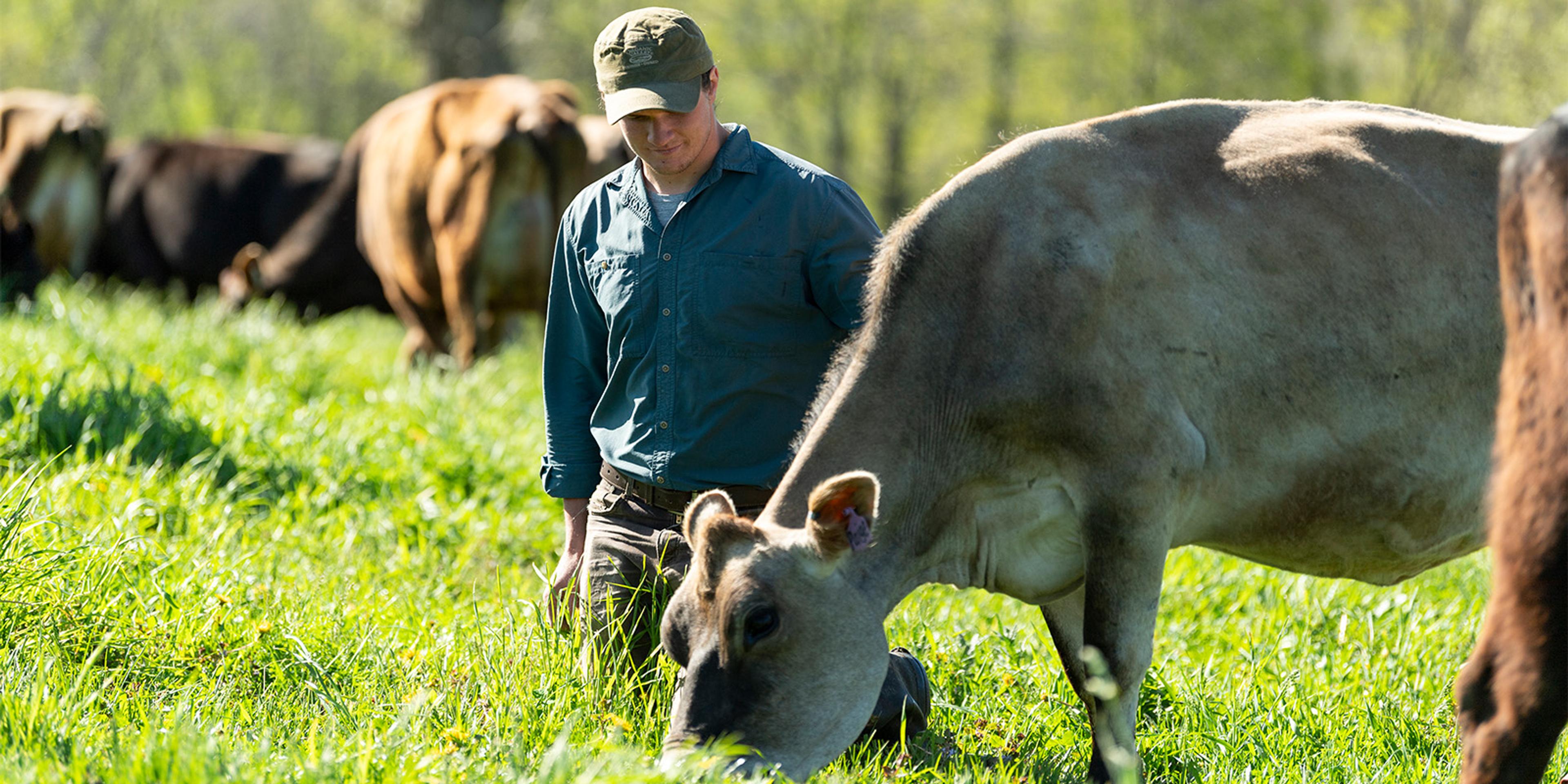
Parker Beard checks on the cows on his farm in Iowa.
What Does Grassmilk Taste Like?
The delicate “grassy” flavors in the milk are unique and vary with the season.
“Whatever you feed the cow you can taste in your milk,” Jon Bansen said. “Grassmilk has a richer, creamier texture and a full-bodied, sweet flavor. It’s the terroir equivalent of wine with a specific sense of place — in this case, the nutrients in our soil and the flavors of our fresh grasses and dried forages throughout the seasons.”
Grassmilk may have a slightly different color, depending on the time of year and what forages the cows are eating.
“In the spring, our cows munch on dandelions and the beta-carotene turns the milk a dark yellow color with a rich flavor profile,” Christianson said. “The taste changes with the seasons.”
Grazing Is a Must
Pasture management is one of the most critical decisions for every Organic Valley Grassmilk and organic farmer.
“My grazing technique is vital for the health of the pasture, which is vital for the health of the soil and ultimately for the health of the cow,” says Jon Bansen, who uses intensive rotational pasture, a method most used on Organic Valley farms. His land is divided into smaller sections, called “paddocks,” and cows are moved from one to the next.
Moving cows from one area of land to another gives plants a break to regrow and reduces overgrazing. Another benefit is that manure is more evenly distributed and acts as a nutrient for soil. This style of grazing also means a change of scenery and fresh pasture for the cows!
Bansen moves his cows around the pasture every 12 hours, in a rotational grazing cycle that benefits the grass and soil. “I hope to leave the land better than I found it for future generations — and everyone who buys Organic Valley products.”
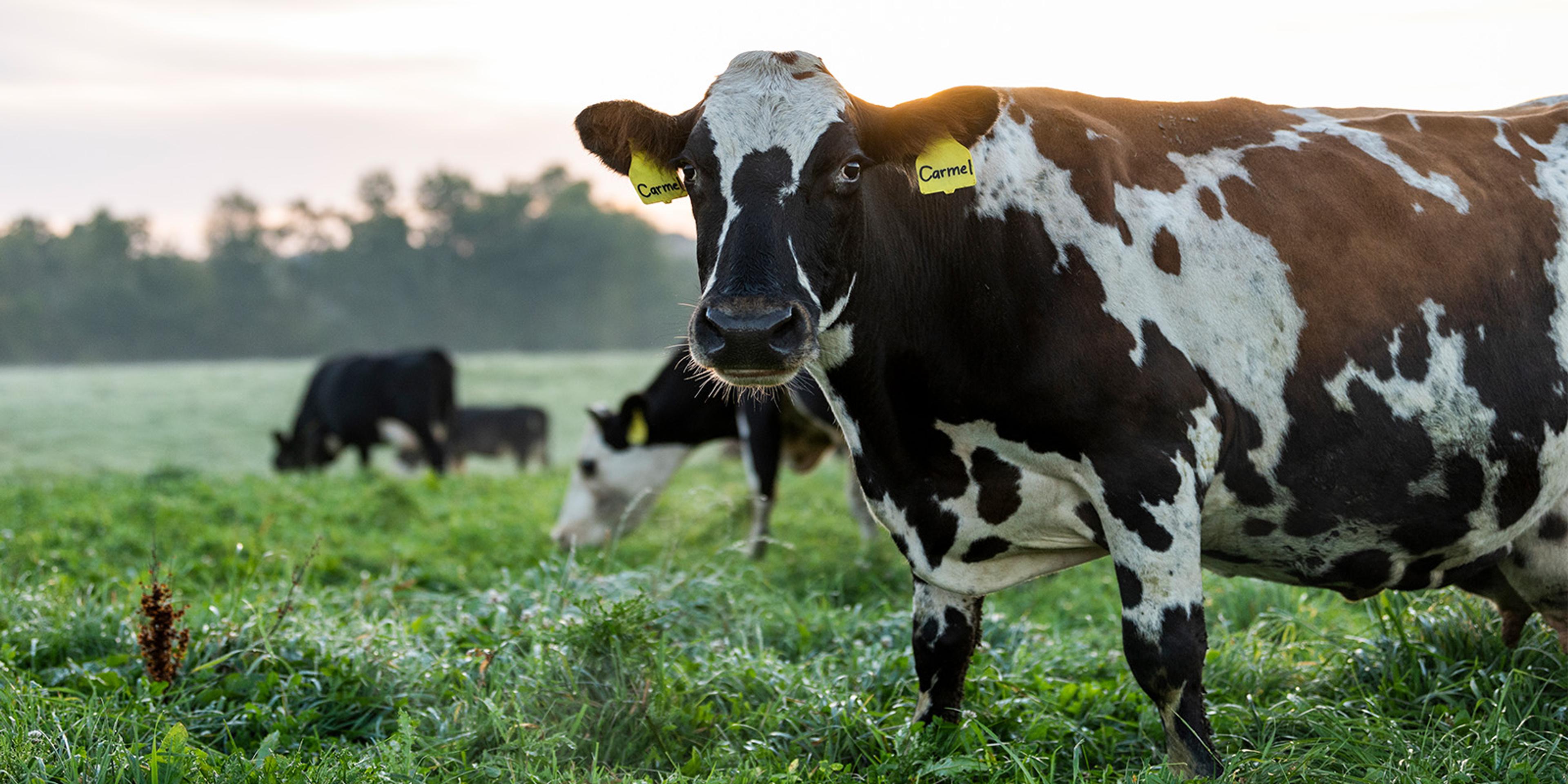
Cows on an Organic Valley farm in Wisconsin.
In Wisconsin, Christianson also uses rotational grazing to prevent overgrazing.
“I build up the organic matter for drought resistance, and the soil works like a sponge that soaks in the water to avoid runoff and erosion. The biology of the soil is as important as my cows.”
Both farmers also plant trees and shrubs, and lots of them! “It’s important to increase species diversification in the pasture,” said Jon Bansen, who has planted more than 4,000 trees in recent years including Douglas fir, western red cedar and coastal redwoods. “The trees shade the animals and plants in the field to cool off on a hot summer day and provide a wind break for the cows. They also provide a perch for birds.”
What Cows Eat During the Winter
The 100% grass-fed label on Organic Valley Grassmilk milk and cheese means all the cows’ nutrition comes from fresh grasses. While they can go outside during the cold and snowy winter, our cows rely on dried and stored forages, and a small amount of supplements like molasses. Some farmers provide molasses to give the cows extra energy if their forage is lacking. As soon as the spring weather arrives, cows happily exchange the barn for fresh, green pastures.
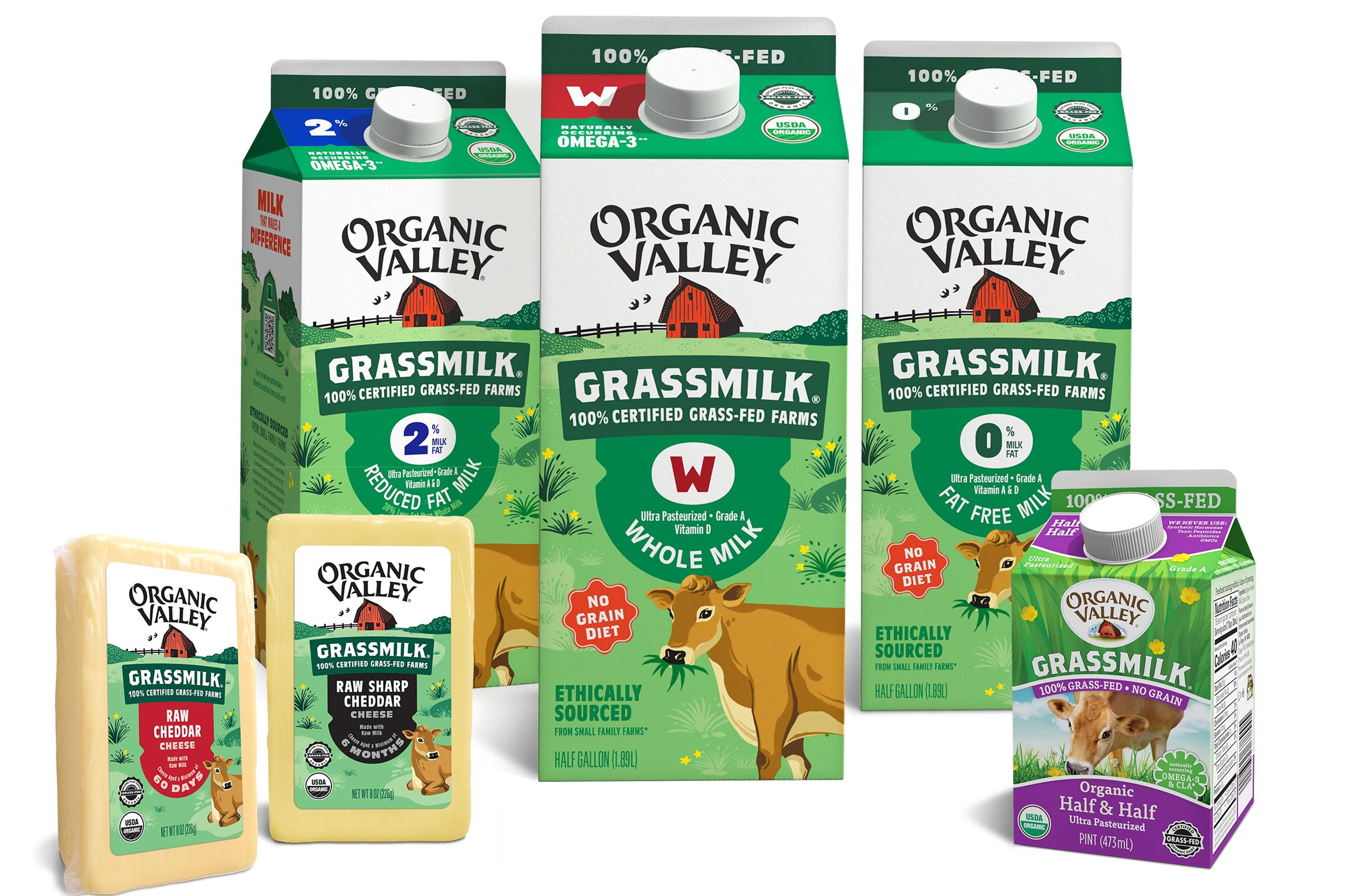
What Grassmilk Products are Available?
Try Organic Valley Grassmilk Whole Milk, 2% or fat-free milk. Organic Valley also offers Grassmilk Half & Half and Grassmilk cheese.
Visit the Organic Valley store locator to find out where you can purchase Grassmilk products near you.
When you choose Organic Valley Grassmilk products, you can expect high-quality, organic and grass-fed dairy that offers more nutrition for your family while helping promote the health and well-being of the animals and their pasture.
Many farmers milk cows twice a day, but one Wisconsin family chose to milk their cows once a day. Listen to Organic Valley farmer Kelly Placke talk about the benefits of once-a-day milking.
Lisa Hill is a seasoned public relations professional based in Portland, Oregon. With a passion for strategic communication, she specializes in crafting compelling narratives and building strong media relationships. Her expertise spans various industries including sustainable food systems, farm-to-table restaurants and natural grocery.
Related Articles
- Tags:
- organic nutrition,
- animal care,
- grass-fed,
- land stewardship & conservation,
- high quality products
